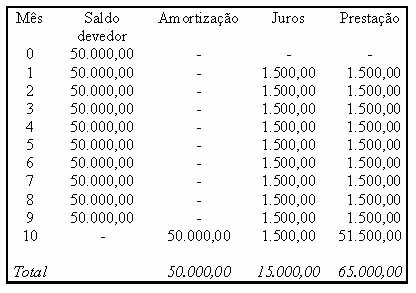But how to recognize the position of the fragments? For this, it is necessary to use a “probe”, that is, a small fragment of DNA labeled with a radioactive isotope or with a radical that emits light under certain conditions. Also being a DNA fragment, the probe contains a sequence that complements only one type of invariant sequence already known present in the fragment under study, which will allow the binding of both.
With the use of photographic film, the position of the probe and, therefore, of the fragment is discovered. In the case of single-site sites - which only occur once in the entire genome - there are always two “alleles”, because cells (except reproductive ones) have one pair of each chromosome. As the alleles have the same basic sequence and different sizes, a probe complementary to that sequence will bind to both and they will appear in different positions on the photographic film. All people receive one of these alleles from the mother and one from the father.
Therefore, in the paternity test, it is enough to compare the alleles of the mother, her child (a) and the supposed father, and the coincidence of the child's paternal allele with an allele of the supposed father will confirm paternity “biological”. When you only want to investigate the identity of a person (a criminal, for example), you have to compare the polymorphism pattern of DNA samples obtained at the crime scene with the patterns of several suspects.
Synthesis of DNA fragments
To detect the polymorphism, primers that flank regions of the DNA where there are nucleotide repeats (in groups of two, three or more) are used. This means that such primers delimit the synthesis of the new strands to the stretch with the repetitions, located between the sites to which they bind. Such repetitions are called STR (Short Tandem Repeats, or “short repetitions in series”), and the regions where they are found are known as “microsatellites”.
mitochondrial DNA
In addition to genomic DNA, present in the nucleus of cells, there is also DNA in mitochondria, organelles located in the cytoplasm. This DNA is much smaller than nuclear and has a circular structure, which makes it more like that of bacteria.
In the context of forensic analysis, interest in mitochondrial DNA arose for several reasons: first, this DNA also contains polymorphic regions that allow its individualization; second, descendants receive this DNA only from the mother, which makes it possible to trace a person's maternal lineage; and third, this DNA is more resistant to degradation than nuclear DNA. Thus, in major disasters (fires, explosions, plane crashes, etc.), when it is more difficult to identify the bodies, the mitochondrial DNA is analyzed. This is extracted from the remains and the sequence of interest is compared with sequences obtained from siblings or maternal ancestors.
Reliability of DNA Testing
One point that has generated intense discussion among laboratories and DNA testing agencies is the number of polymorphic loci needed to reliably establish identity and paternity. The index used for the conclusions, both on the identity of a person and on paternity, depends on the number of loci analyzed. To arrive at an adequate index, however, it is necessary to take into account the frequency of the alleles in the population: if they are very common, the results of the analyzes will be, to say the least, doubtful.
Blood groups (A, B, O and AB) can be used as an example. Such groups, which depend on the combination of alleles, are distributed in populations around the world with known frequencies. In Germany, 46% to 48% have type A blood. In Central Eurasia, India, Mongolia and Siberia, type B prevails. In none of these regions, therefore, could these blood groups be used in isolation to identify an individual, because a large percentage of the population would have one or the other. It is important that the investigated alleles are rare.
In the case of DNA polymorphisms (RFLPs), the frequencies are much lower. As an example, let's imagine a paternity dispute in Rio de Janeiro where the D10S28 locus is used as a probe, allowing to obtain, in the supposed father, an allele that occurs in approximately 2.8% of the population of Rio de Janeiro. This value is very high if we consider that the city's population is around 8 million inhabitants. To reduce this value, it is necessary to search for other loci in the same individual. Let's imagine that a second analysis, using the D2S44 locus, revealed an allele with a frequency of 7.28%, a percentage that indicates the existence of 582,000 people in Rio de Janeiro with this allele.
But how many individuals would have both alleles? Only 16,307. This number is obtained by multiplying the inverse of the two frequencies: 2.8/100 x 7.28/100 x 8 million. Using one more loco, the analysis will indicate another frequency, allowing you to further reduce the percentage. In practice, using five to seven probes generates a value low enough for the result to be conclusive.
Source: Brazil School - https://brasilescola.uol.com.br/biologia/sintese-fragmentos-dna.htm

